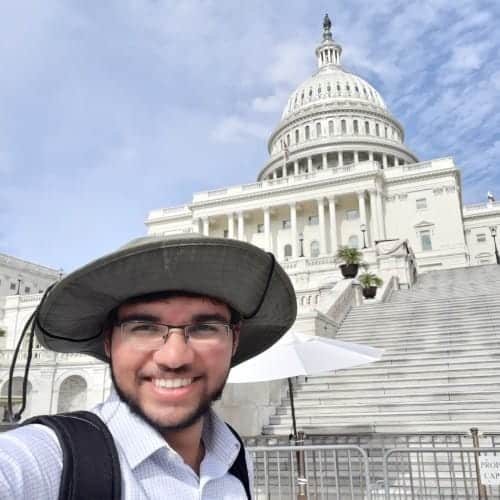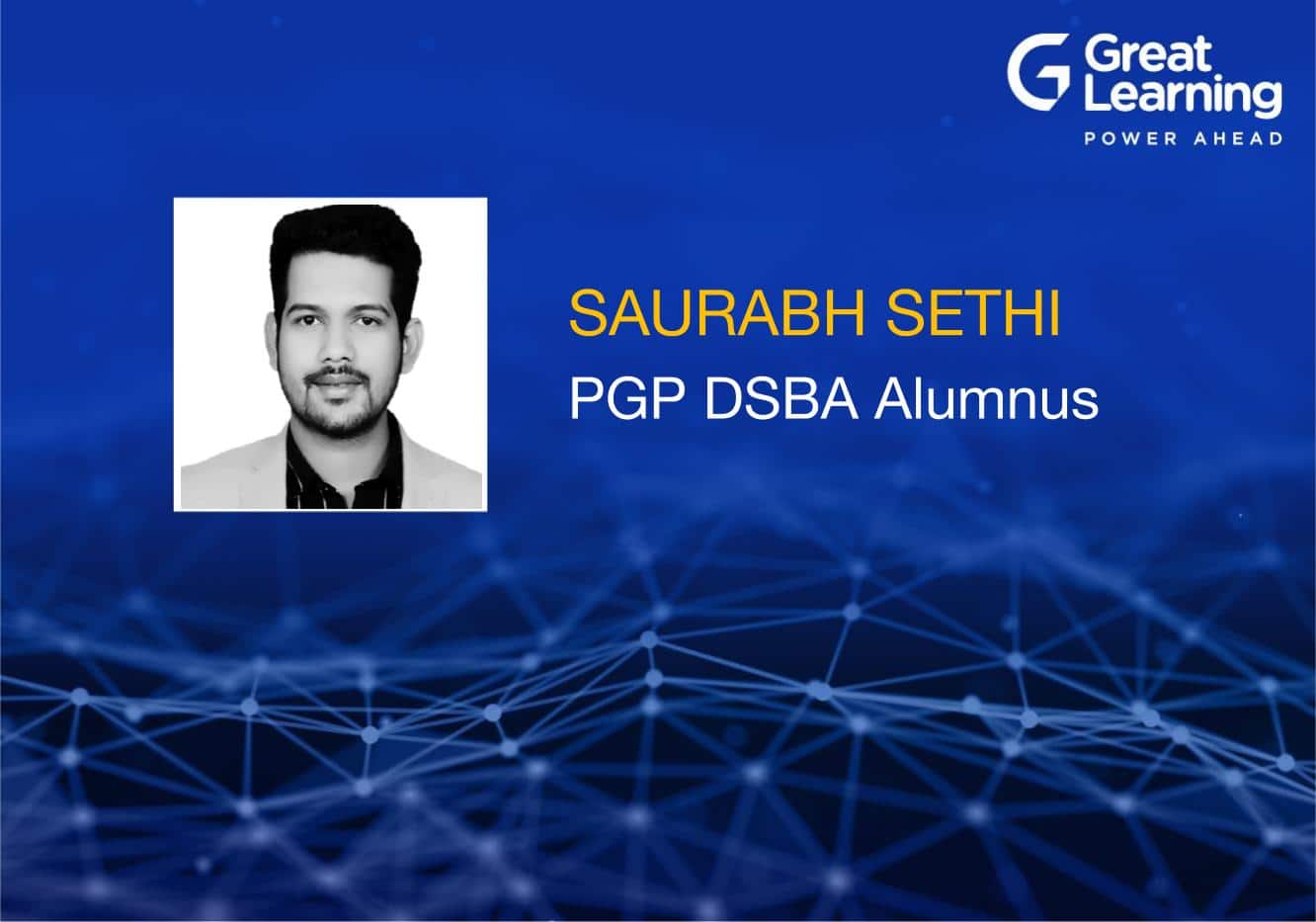
Professional Background: I am Development Geologist working in Cairn Oil and Gas Ltd (Vedanta Group) for one and half years. My work has been focused on Brown Field projects in Offshore basins of India and I have been dealing with an enormous variety of geological and geophysical datasets but I have always felt the need to analyze these data using machine learning algorithms and contribute to my organization as a geo-data scientist. So far, my journey has been a fruitful one as I have used my learnings in the course to produce meaningful results in my existing job role.
Job role before I joined the PGPDSBA Program: My role as Geologist is to understand the subsurface rock properties and plan wells to be drilled in Hydrocarbon rock formations. Geosciences involve enormous uncertainties and my role involves considering several types of datasets such as geological, geochemical, geomechanical and geophysical. Overall, my task is to plan wells using a wide range of datasets so that drillers can penetrate Hydrocarbon targets in subsurface rock formations.
The problem that I faced: During the drilling campaign, drillers need important information like mud weight, formation lithology, expected pressure in rock formations, geophysical anomalies etc. My job is to conduct a prognosis of these variables and make a hypothetical geomechanical model to comprehend principal stresses that would be acting during drilling. Wellbore stability issues are a common phenomenon during the drilling of different sections of a wellbore and they must be mitigated using a calibrated geomechanical model. My motivation was to prognose the mud weight window using existing drilling datasets in offset wells. Apart from this, my job as a Geologist during real-time drilling operations is to interpret various wireline log curves like gamma ray, resistivity and neutron porosity. I felt the need to interpret the hydrocarbon zones encountered using novel data visualization techniques in Python. The process was tedious but it was worth the effort.
The solution to the Geoscientific Problem: I wanted to build a linear regression model to predict the mud weight windows for numerous drilling sections and thus I used a multi-variate regression model for the same. The following are the independent variables:
1. Weight on Bit (Lbs)
2. Rate of penetration (ROP) m/hr
3. Rotations per minute (RPM)
4. Formation lithology (Categorical- converted into numerical using one-hot encoding)
5. Measured Depth (MD) m
6. True Vertical Depth Sub-sea (TVDSS) m
7. Total Gas (%)
8. Hole Diameter (inches)
9. The inclination of the Borehole (degrees)
10. The azimuth of the Borehole (Degree)
11. Stand Pipe Pressure (SPP)
12. Mud Flow rate (USgal/min)
The target variable was the drilling mud weight (ppg). Using the stats model, my results were fairly good and I got a mud weight window wherein, future wells can be planned. In the entire process, I gathered important statistical results like Coefficient of Determinant, Adjusted R squared value, Mean squared errors, Root of mean squared error and finally got a linear equation with intercept and coefficient which expressed that mud weight was dependent on several parameters mentioned above and a linear expression was found out to understand this dependency.
Application of this Deep learning Linear Regression method to the Drilling team
This novel tool could drastically reduce the mud weight uncertainty window in critical production sections in the borehole and would thus help the drilling team better understand the principal stresses involved so that good trajectory can be optimized for certain unstable lithological formations. Moreover, the use of Data Analytics was highly appreciated by the team as drilling costs for sidetracked well can be very expensive and it is very important to quantify these stresses in rock formations before drilling the borehole.
Impact of the Machine learning exercise on the team: Drilling team and the subsurface team was highly pleased with my work of undertaking the role of Data analytics and machine learning to prognose critical geomechanical parameters of the planned well trajectory of the borehole.
My key learnings: Apart from this, it was a sense of satisfaction for me as I successfully used my learnings in the course and applied them to an actual problem at hand. Drilling a borehole costs millions of dollars as there is no room for error and it is very important to prognose the mud weight windows for every section of the wellbore that would be drilled for possible hydrocarbon accumulations. However, there are numerous geological uncertainties which are extremely difficult to mitigate as subsurface rock formations are formed in a variety of depositional environments and the acquired geophysical data only tells a part of the story. To conclude, I am constantly learning a lot of machine learning algorithms in this course to solve exciting scientific and challenging business problems in the Oil and Gas industry.





